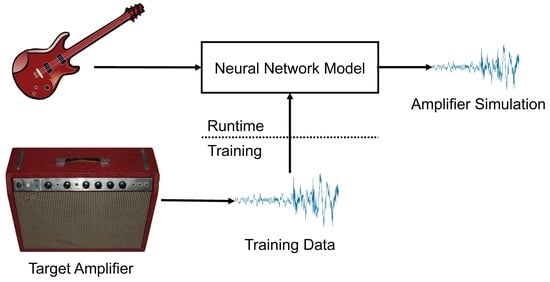Here's a comparison of the Aliasing performance between ToneX software vs ToneX Pedal vs Axe-Fx III using
@jay mitchell's aliasing test signal.
The ToneX software plugin and pedal are running the JCM800 capture by SDS and the Axe-Fx III is running the JCM800 model matching the settings visible in SDS's video (which puts in the neighborhood gain and tone wise).
First ToneX Software plugin running at 48KHz, then ToneX Pedal, then Axe-Fx III
I don't hear any aliasing in the Axe-Fx III case.
The ToneX Pedal seems to be running at greater than 48KHz, since there's less aliasing (to my ears) than the software plugin running at 48KHz.

